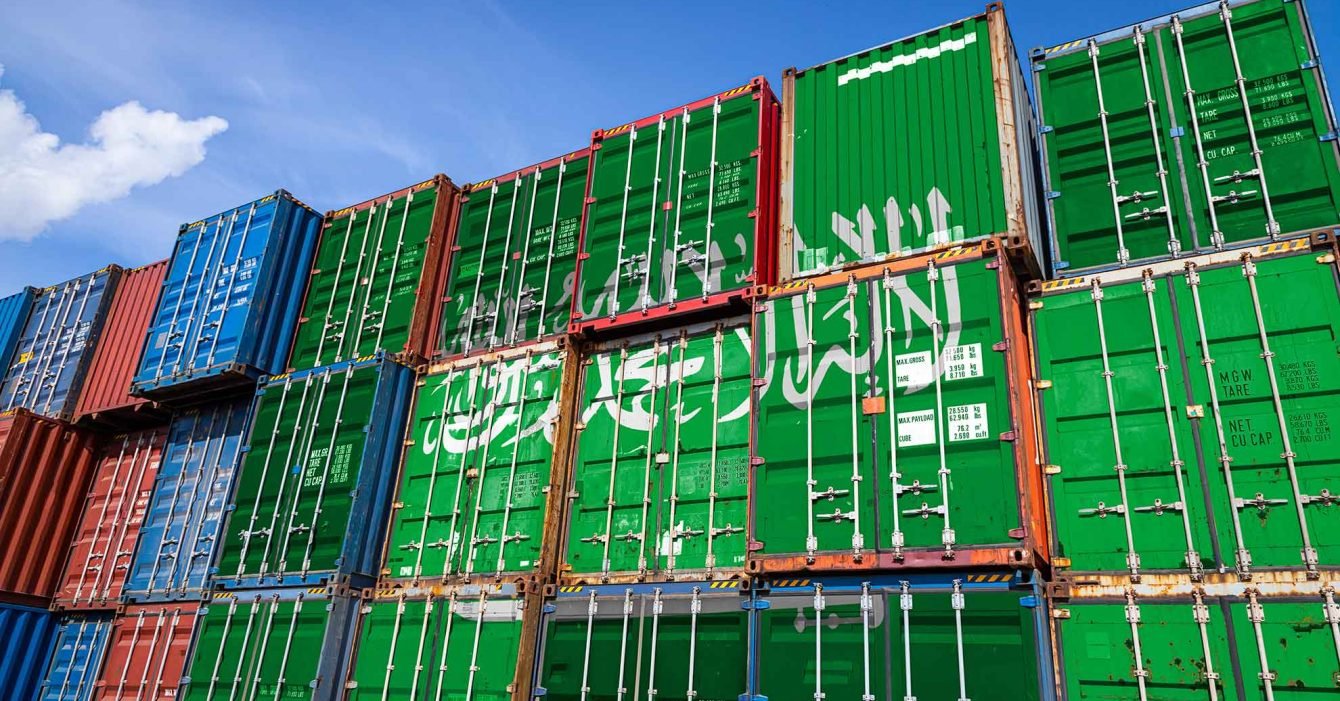The logistics industry in Saudi Arabia is witnessing a remarkable era of transformation, propelled by rapid technological advancements and the Kingdom’s strategic economic diversification plans. As an integral component of Saudi Arabia’s Vision 2030, the logistics sector is experiencing unprecedented growth and modernization. This article provides a comprehensive overview of the Saudi logistics industry, emphasizing the pivotal role of Saudi logistics market research in understanding and leveraging these emerging trends.
Market Overview
The Saudi logistics market, a cornerstone of the national economy, is undergoing significant transformation. The Kingdom’s strategic geographic location as a bridge between East and West positions it as a pivotal global logistics hub. The government’s substantial investment in transport infrastructure, including ports, airports, and road networks, coupled with regulatory reforms, is poised to revolutionize the industry. Key projects such as the King Salman International Complex for Maritime Industries and the NEOM smart city initiative are indicative of the sector’s dynamic expansion.
Current Trends
The Saudi logistics industry is shaped by several key trends:
- Digitalization and Technology Adoption: Embracing digital transformation, the industry is increasingly utilizing technologies like AI, blockchain, and the Internet of Things (IoT) to enhance efficiency, transparency, and customer service.
- E-Commerce Growth: The burgeoning e-commerce sector is driving demand for sophisticated logistics solutions, including last-mile delivery and advanced warehousing capabilities.
- Sustainable Practices: An increasing emphasis on sustainability within the logistics sector aligns with global environmental concerns and the Kingdom’s sustainability goals.
Challenges
Despite its positive trajectory, the Saudi logistics industry confronts several challenges:
- Infrastructure and Capacity Constraints: As the industry grows, existing infrastructure and capacity may struggle to keep pace with increasing demand.
- Regulatory Framework: Navigating the evolving regulatory landscape requires continuous adaptation and poses a significant challenge.
- Skilled Workforce Shortage: The rapid growth of the industry necessitates a skilled workforce, particularly in new technology areas, where there is currently a talent gap.
Government Initiatives and Policies
The Saudi government has initiated several measures to bolster the logistics sector:
- Investment in Infrastructure: Significant investments are being made in transport and logistics infrastructure, including expansions of airports and seaports.
- Regulatory Reforms: Policies are being implemented to streamline customs and border processes, enhancing the ease of doing business.
- Public-Private Partnerships (PPPs): The encouragement of PPPs is leveraged to attract private sector expertise and investment in logistics infrastructure.
Conclusion
The future of the Saudi logistics industry is bright, with substantial growth prospects on the horizon. The integration of advanced technologies, combined with strategic investments and reforms, is set to elevate the Kingdom’s position as a leading global logistics hub. Furthermore, the alignment of the logistics sector with the broader economic diversification efforts under Vision 2030 opens new avenues for development and innovation. As Saudi Arabia continues to invest in and modernize its logistics infrastructure, continuous market research and analysis remain crucial. This approach ensures that the sector’s growth aligns with the broader economic goals of Saudi Arabia, setting a benchmark for logistics excellence in the region and beyond.




